As an Amazon Associate I earn from qualifying purchases.
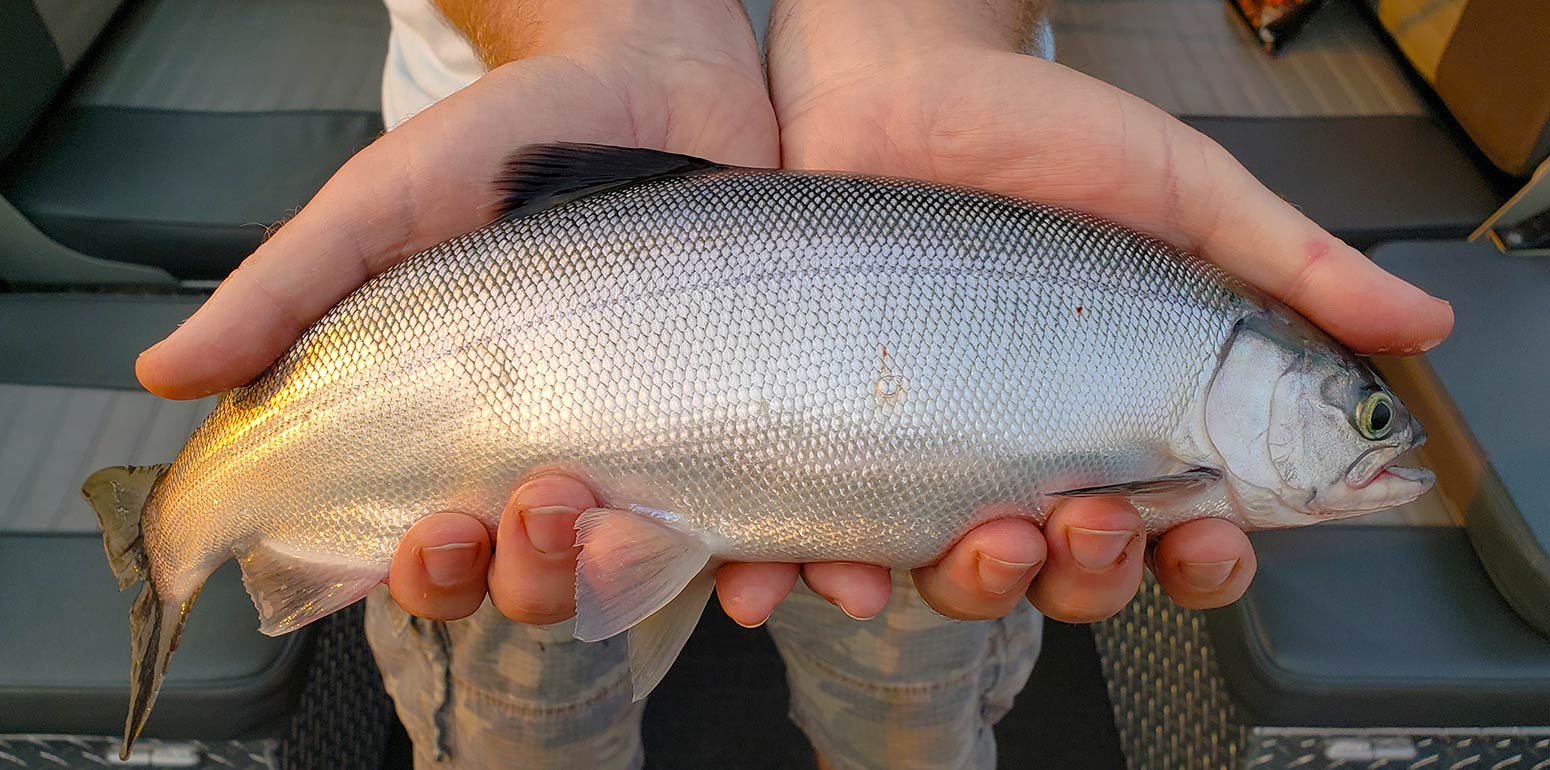
In the kitchen, kokanee sit somewhere between the salmon that they are and the trout they live among, so what follows is a guide on how to cook kokanee to get the best out of these pretty little fish.
Kokanee, which is an Okanagan word, are small, land-locked sockeye salmon. There is some debate as to whether they are their own species, or are in the midst of breaking away from their anadromous sockeye brethren.
One thing is certain, and that’s that kokanee occur naturally. It’s not just that some dude tossed a bunch of sockeye fry into some lake at some point. That said, kokes are stocked in a great many places beyond their native range, which is the Pacific Northwest down into California. And they’ve naturalized in the Great Lakes.
One other thing is also true: Anglers go bonkers for kokanee, to the point of obsession rivaling that of steelheaders or Northeastern striped bass anglers. Koke heads we call them.
I suspect I know why: First, they are, objectively, a beautiful fish. Chrome, clean lines, dainty mouths. Second, they are the inland angler’s best chance to experience the vivid orange flesh that salmon anglers swoon over. After all, kokanee are salmon, and, as you may well know, sockeye flesh is the reddest of them all.

And that flesh is richer than most trout, a bit soft like salmon is, and hates being overcooked — although you cannot safely eat kokanee raw unless it has been frozen first for at least a week.
But how to cook kokanee?
Decisions start on the fillet table. Kokes need not be scaled, although if you’re persnickety you might want to, because handing kokanee makes it look like you’ve been covered in glitter. I kinda like that, so I leave the scales on.
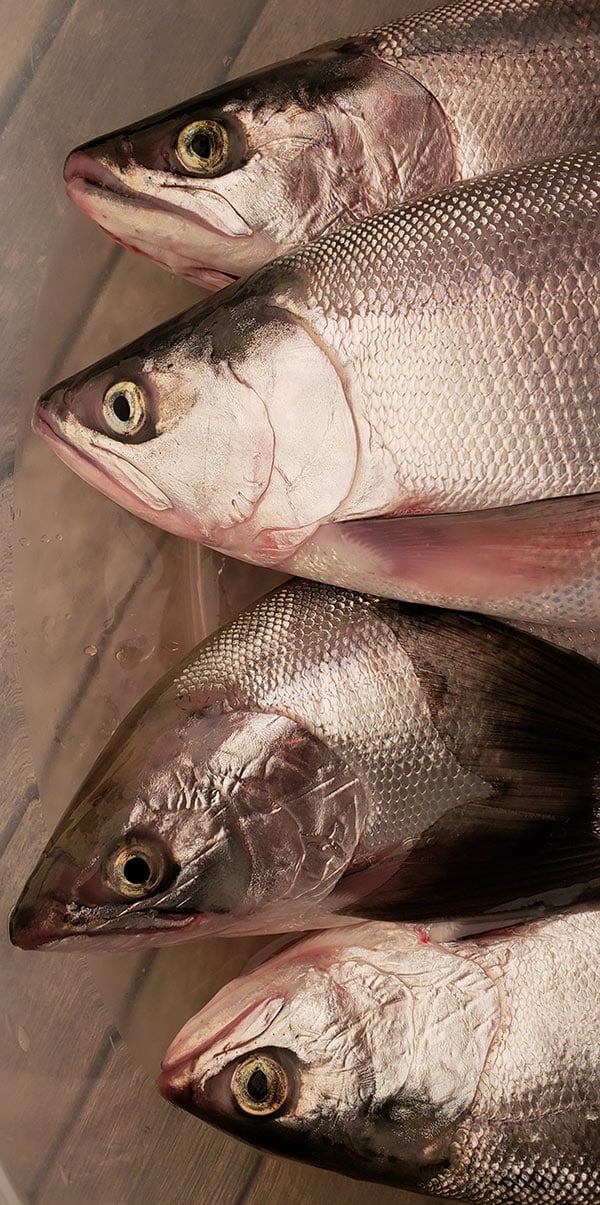
Second, do you fillet, just gut-and-gill, or butterfly your fish? It’s all a personal decision, but for me, I do the following:
- If you’re going to grill or pan-fry your kokanee, just gill and gut. Remove the head if it’s bothering you, or if it will make the fish fit into your pan better.
- If they’re large, as in longer than about 14 inches, you can get a decent fillet off them. They’re cute little orange slabs. Leave the skin on, as kokanee flesh is soft. Skinless fillets have a habit of falling apart. You can either eat the skin or leave it on the plate. Broil, pan sear, bake or poach them.
- No matter what size they are, I prefer to butterfly my kokanee if I am going to smoke them. Why? It opens a large surface area up to smoke, allows me to add seasonings or to paint the meat with maple syrup or somesuch, and the kite shape you get from butterflying is easy to handle, comes on and off the smoker grates easier than a tiny fillet, and, well, looks cool.
Those are generally the best ways to cook kokanee. Here are some kokanee recipes to get you started.

Smoked Trout or Kokanee
This is my method for smoking whole kokanee, when I don’t feel like butterflying them.
Read More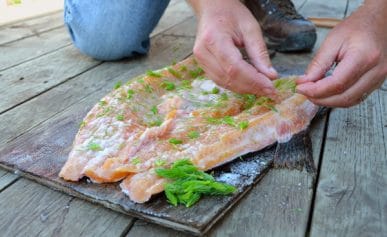
Smoked Lake Trout
Use this recipe, designed for larger lake trout, with butterflied kokanee. They’ll only need 2 hours, though.
Read More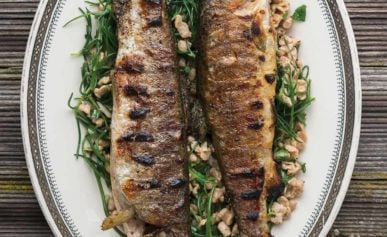
Grilled Trout or Kokanee
My favorite summertime way to cook small, whole kokes. Serve with whatever’s in your garden at the time.
Read More
Broiled Trout
Use this technique when you have kokanee fillets that are longer than your frying pan.
Read More
Trout Cakes
A simple trout or kokanee cake recipe for either leftover fish or chopped fresh kokanee.
Read More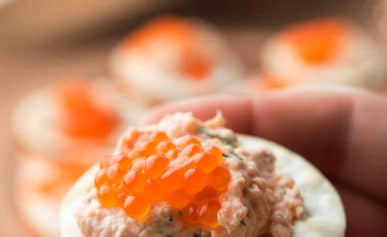
Salmon Dip
I originally designed this recipe for king salmon, but it works great with kokanee.
Read More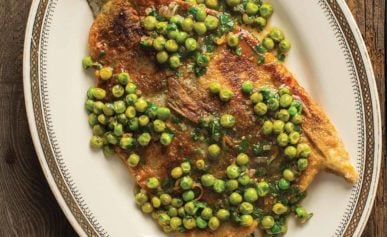
Pan Fried Trout with Peas
This is a wonderful springtime dish, great with a butterflied kokanee or fillets.
Read More
Trout with Morels
Mostly I do this with trout in the Sierra, but no reason not to use a kokanee!
Read More
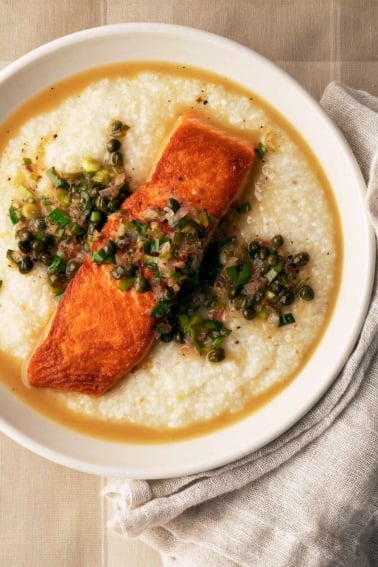
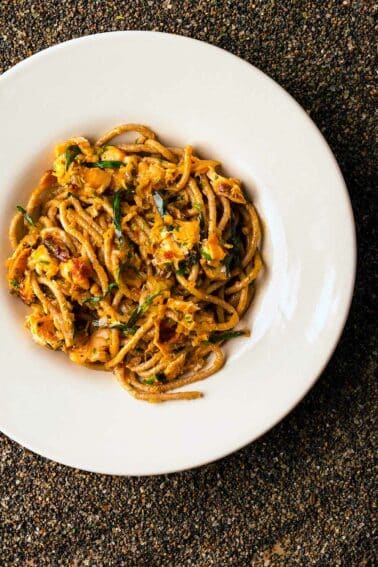
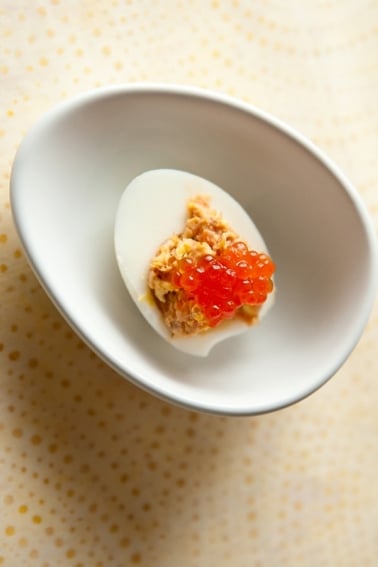
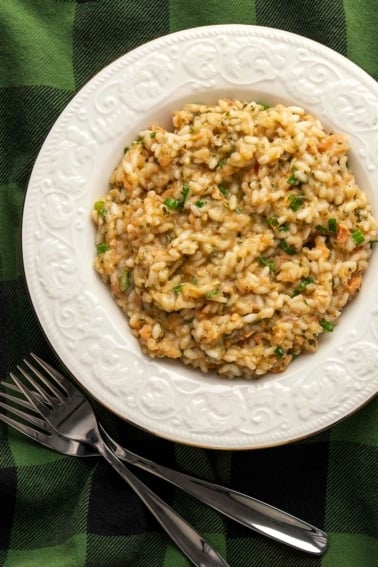
Have just been introduced to Koke with a gift of ‘canned’ (glass) Koke (Oct 2022) from anglers in Oregon. As first time for both fish and ‘home’ canned fish, a bit nervous to open. Would like to make patties or use as an aperitif. Suggestions will be welcomed!!! Thank you …
Ann: Either would work. I don’t can salmon or trout very often though.
Kokanee is better smoked over mesquite.
Minne: To each his own. I don’t much like salmon or trout smoked over mesquite, but if you do, go for it.
Awesome to see some Kokanee recipes. They are a winter staple in our house. A Hmong friend of mine, simply salts them and pan fries them whole in oil. Amazingly delicious!
“I kinda like that, so I leave the scales on.”
LMAO…
My mouth is watering!!
“I kinda like that, so I leave the scales on.”
??
About August they start turning to spawn. How red is too red when the males start turning and still be good table fare?
Carl: I like them chrome, but a little color is fine. If they get actually red, you’re too late. Maybe mount one for the wall and then catch and release after that.
Thanks for the tips about Kokanee. Had no idea.